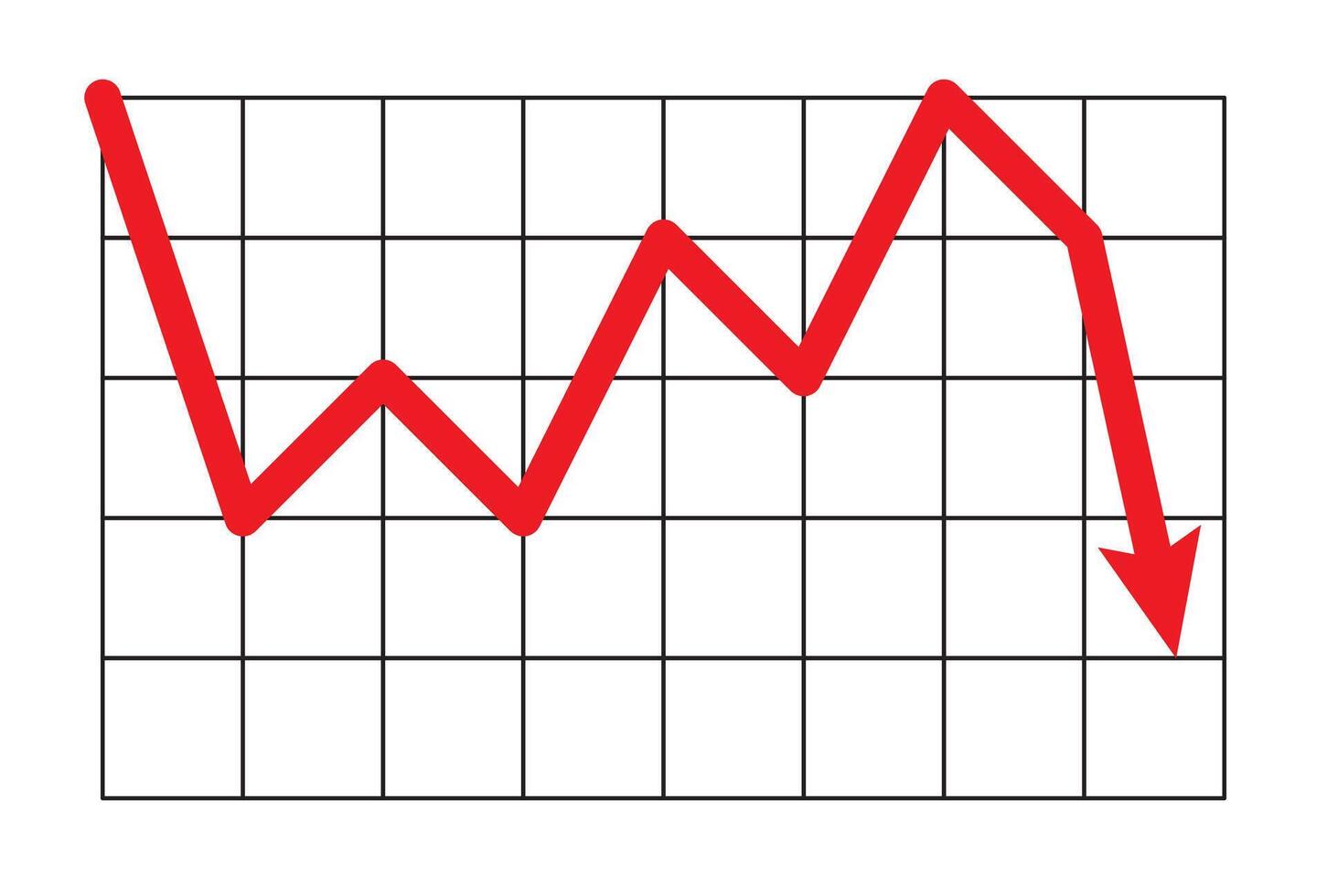The Economic Limits of Racketology
Putting the Racket-concept to the Test

Although there is much that is interesting, thought-provoking, even compelling in Adorno and Horkheimer’s theory of rackets, those elements are not the subject of this piece. This piece is about the limits of that theory and their implications for contemporary critical theory.
Milios and Sotiropoulos trace this approach back to Rudolph Hilferding’s Finance Capital and contrast it with Marx’s “macroeconomic” approach in the third volume of Capital, which centers on the concept of social capital.
Let us begin by looking at a paradigmatic example of the “microeconomic” approach from Adorno’s “Reflections on Class Theory” before turning to Milios and Sotiropoulos’ reconstruction of Marx’s arguments in volume III of Capital and examining their implications. In section V of that essay, Adorno elaborates what would become the economic core of racket theory for the first generation of Frankfurt School critical theorists:
In the market economy the untrue aspect of the concept of class was latent: in monopoly capitalism it has become as visible as its truth – the survival of classes – has become invisible. Competition and its struggles have led to the disappearance of much of the unity of the class,which previously held the competitors together in the form of the rules of the game and of common interests. It is so easy for the bourgeoisie to deny its own class character to the
proletariat because in fact its organization has cast off the consensual form of like interests that had constituted it as a class in the eighteenth and nineteenth centuries. It has replaced this with the direct economic and political command of the large capitalists that used the same threat of the police against both their own supporters and the workers. This imposes on both sections of the population the same function and the same need, and it is this that makes it almost impossible for the workers to see that class relations are at work.Theodor W. Adorno, “Reflections on Class Theory” (1942) in *Can One Live After Auschwitz? A Philosophical Reader*, ed. Rolf Tiedemann (Stanford University Press, 2003)
This passage shows a number of characteristic features of the “microeconomic” approach critiqued by Milios and Sotiropoulos including:
- The temporal and conceptual division between “the market economy” and “monopoly capitalism,” which hinges on changes in the dominant form of enterprise to characterize the poles of its opposition.
- The claim that the competition of the market economy period has led to the disappearance of the previous unity of the bourgeois class, which took the form of rules of the game and common interests, and its implicit suggestion that there has been a fundamental change in the structural determinations or “laws” of the capitalist mode of production as a result of the above changes.
- The claim that this previous form of unity has been replaced by “the direct economic and political command of the large capitalists,” which further suggests that this postulated change involves the displacement of competition from the central role it had in Marx’s account as the primary form of appearance through which those structural determinations manifest themselves.
These are the very features of a “micro-economic” approach that Milios and Sotiropoulos set out to discredit in Chapter 6 of their book Rethinking Imperialism by reconstructing the relevant arguments from volume III of Capital.
What does all this mean for racket theory? On the one hand, it seems clear to me that many of the phenomena Adorno and Horkheimer are trying to explain in terms of the rise of monopolies and the supposed elimination of competition that accompanies it—the increasing preponderance of relations of direct coercion reminiscent of pre-capitalist social relations, the decline of bourgeois individuality and the subjective autonomy that characterized it, the increasing integration of organized labor, and the working class more broadly, into the hierarchical organization of capitalist social forms—are real changes that require explanation. It also seems clear that key elements of their explanation—the changing character of the dominant form of capitalist enterprise, changes in the way competition is organized that entail, at the very least, a relative diminution of its prominence in a number of areas—also track real changes in the configuration of capitalist social relations during the 20th century. On the other hand, the intervention of Milios and Sotiropoulos leads me to conclude that those explanatory elements are themselves phenomena to be explained, and that this explanation must begin from the other direction, from the concept of social capital and its relation to the constitution of an average rate of profit out of intra and inter-sectoral competition (nationally and globally). I think many of the explanations offered by Adorno and Horkheimer will still be valuable to us as we move down from this level of abstraction, but they will also need to be reevaluated and reconfigured in the process.
This means not only working out the intermediate mediations between the abstract level of social capital brought into focus by Milios and Sotiropoulos and the more concrete levels worked out by Adorno and Horkheimer, but also clarifying some of the questions left open by the austerity of the formers’ abstraction—questions surrounding the dialectical interplay between the competition (or relative lack thereof) at work in the formation of a sectoral average rate of profit and the competition involved in the formation of an inter-sectoral average rate of profit, how these play out differentially on the national and the world markets, and how they relate to the play of tendency and counter-tendency surrounding the organic composition of capital and the “circumstances which, independently of the proportional division of surplus value into capital and revenue, determine the extent of accumulation.”